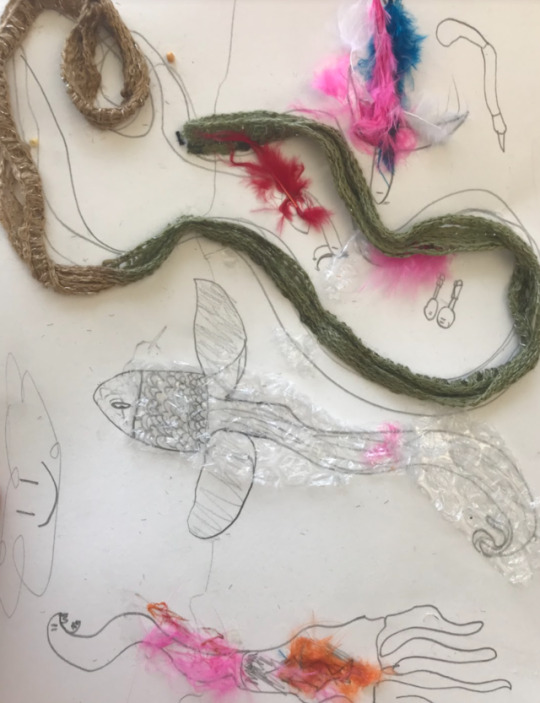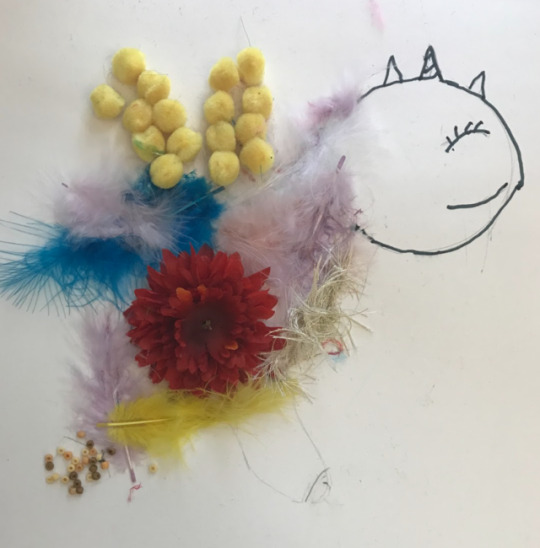#microscopiccreature
Photo

Finished gummy (water) bear aka tardigrade 🙈 because why not draw cutesy versions of your microscopic nightmares?? . . . #tardigrades #waterbear #gummybears #cursedgummybear #cursedimages #procreatesketch #doodlesofinstagram #doodleart #microbes #microscopy #microscopicworld #microscopiccreatures #gummybear #gummycandy https://www.instagram.com/p/Cfeh5yQLkeK/?igshid=NGJjMDIxMWI=
#tardigrades#waterbear#gummybears#cursedgummybear#cursedimages#procreatesketch#doodlesofinstagram#doodleart#microbes#microscopy#microscopicworld#microscopiccreatures#gummybear#gummycandy
15 notes
·
View notes
Video
Little Water Bear aka #Tardigrade This is really cool - a microscopic look at a tardigrade walking/swimming through algae. I took an original video from AsapSCIENCE and flipped a copy and combined it with the original, credited AsapSCIENCE and placed the caption on top. This lets you feel what it’s like crawling around in a microscopic world in a liquid where everything is a major obstacle. Still, this is a very hearty creature... “Scientists have reported tardigrades in hot springs, on top of the Himalayas (6,000 m; 20,000 ft, above sea level) to the deep sea (−4,000 m; −13,000 ft) and from the polar regions to the equator, under layers of solid ice, and in ocean sediments. Many species can be found in milder environments such as lakes, ponds, and meadows, while others can be found in stone walls and roofs. Tardigrades are most common in moist environments, but can stay active wherever they can retain at least some moisture. Tardigrades are considered to be able to survive even complete global mass extinction events due to astrophysical events, such as gamma-ray bursts, or large meteorite impacts. Some of them can withstand extremely cold temperatures down to 1 K (−458 °F; −272 °C) (close to absolute zero), while others can withstand extremely hot temperatures up to 420 K (300 °F; 150 °C) for several minutes, pressures about six times greater than those found in the deepest ocean trenches, ionizing radiation at doses hundreds of times higher than the lethal dose for a human, and the vacuum of outer space. They can go without food or water for more than 30 years, drying out to the point where they are 3% or less water, only to rehydrate, forage, and reproduce. Tardigrades that live in harsh conditions undergo an annual process of cyclomorphosis, allowing for survival in sub-zero temperatures.” - Wikipedia #LittleWaterBear #MicroscopicCreature #Survivor #TardigradeVideo https://www.instagram.com/p/B7FjpV3J6Mi/?igshid=m1z5ml2s4i9o
0 notes
Text
Microscope Creatures
A lesson of art integration exploring how artists can be inspired by nature. Students use microscopes, slides, and specimen to study different textures. By finding inspiration from one or multiple specimen they then created their own creatures. Students were excited by the natural creatures and combine many features using their creative skills.
1 note
·
View note










